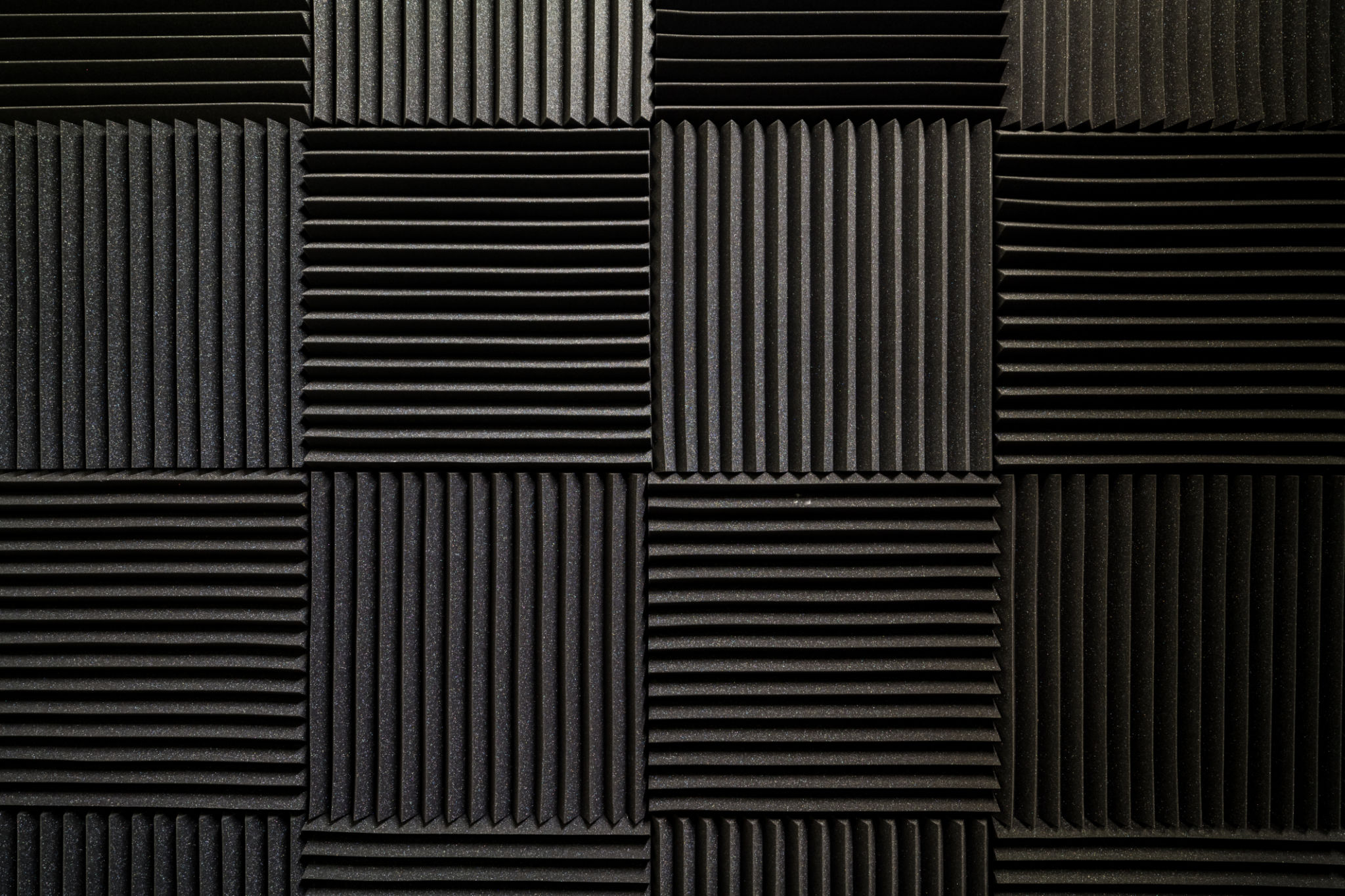Essential Audio Production Techniques for Aspiring Producers
PP
Understanding the Basics of Audio Production
Audio production is an art form that combines technical skill and creativity. For aspiring producers, it's essential to understand the fundamentals before diving into more complex techniques. At its core, audio production involves recording, editing, and mixing sound to create a polished final product. Whether you're working with music, podcasts, or film audio, mastering the basics is crucial to producing high-quality work.

One of the first steps in audio production is familiarizing yourself with your digital audio workstation (DAW). This software is where all the magic happens, allowing you to record, edit, and mix your tracks. Popular DAWs include Ableton Live, Logic Pro, and Pro Tools. Spend time exploring the features and interfaces of your chosen DAW to become comfortable with its workflow.
Recording Techniques and Equipment
Recording is a critical aspect of audio production. To capture high-quality sound, you'll need the right combination of equipment and techniques. Start with a good microphone; dynamic microphones are excellent for live performances and loud sound sources, while condenser microphones are ideal for studio vocals and acoustic instruments.
When recording, pay attention to your environment. A quiet space with minimal background noise will help ensure a clean recording. Use pop filters to reduce plosive sounds and consider acoustic treatment for your recording space to minimize echo and reverb.

Editing for Clarity and Precision
Once you've captured your audio, the next step is editing. This process involves trimming unwanted sections, adjusting timing, and cleaning up any background noise. Editing is where you can refine your recordings to ensure they meet professional standards. Use tools like equalization (EQ) to balance the frequency spectrum and compression to control dynamic range.
It's important to edit with a critical ear, paying close attention to details that might affect the overall quality of the sound. Don't be afraid to experiment with different effects and techniques to find what works best for your project.

Mixing: Bringing It All Together
Mixing is where you blend all the elements of your track into a cohesive whole. This process involves adjusting levels, panning sounds in the stereo field, and adding effects like reverb and delay to create depth. A well-mixed track ensures that each element is balanced and contributes to the overall sound.
One essential technique in mixing is using automation to create dynamic changes in volume or effects over time. This can add interest and movement to your track, making it more engaging for listeners. Additionally, learning how to use a reference track can help you compare your mix against professional standards.
Mastering: The Final Polish
The final step in audio production is mastering. This process involves preparing your mix for distribution by ensuring it sounds consistent across all playback systems. Mastering can include adjusting levels, applying final EQ adjustments, and ensuring that the track meets industry loudness standards.
While mastering can be complex, it's an essential step that adds the final polish to your work, making it ready for release. Consider working with a professional mastering engineer if you're new to this process, as their expertise can significantly enhance the quality of your final product.

Conclusion
Audio production is a multi-faceted process that requires both technical knowledge and creative intuition. By mastering essential techniques in recording, editing, mixing, and mastering, aspiring producers can create high-quality audio that stands out. With practice and dedication, you can refine your skills and bring your creative visions to life through sound.